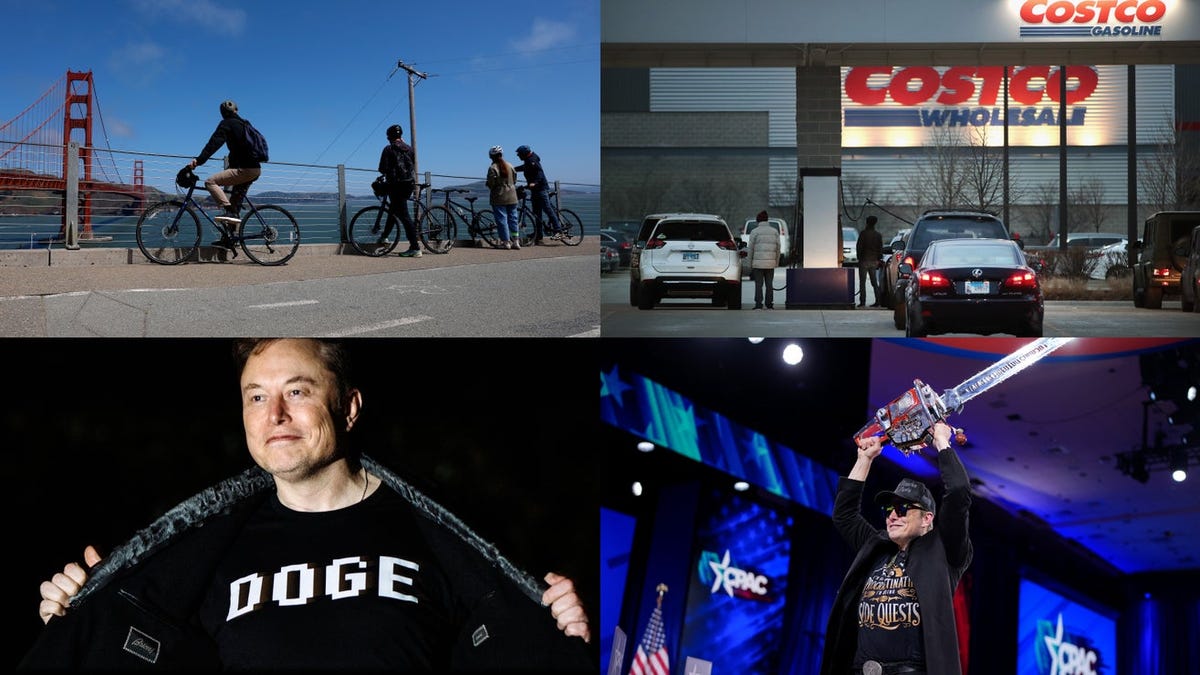Fractional Shares vs. Stock Splits: Why Costco's $1,000+ Valuation Is a Retail Investor's Advantage

In an era where stock splits have become a symbol of investor accessibility, costco wholesale (COST) has defied convention. Trading near $1,050 per share as of May 2025, the retailer's sky-high valuation has sparked debates about whether a stock split is overdue. Yet, a closer look reveals that Costco's strategy—eschewing splits in favor of fractional shares—could be a masterstroke for both retail investors and long-term value. Let's dissect why the absence of a split isn't a barrier to entry, and why now might be the perfect time to invest.
Costco's CFO, Gary Millerchip, has been unequivocal: a stock split is “unnecessary.” The company's rationale hinges on two pillars. First, fractional share trading—now mainstream through platforms like Robinhood and Fidelity—allows retail investors to buy slices of high-priced stocks. With 30% of Costco's shares held by retail investors, this accessibility negates the need to dilute shares artificially. Second, Costco's institutional ownership (70%) prioritizes long-term growth over nominal price adjustments.
The data tells a compelling story. Since its last split in 2000, COST has risen over , outpacing the S&P 500's gains. Institutional investors, who focus on fundamentals, have rewarded this consistency.
Critics argue that a $1,000+ stock price is prohibitive for small investors. Yet fractional shares democratize access. For example, an investor with $500 can buy half a share of COST, leveraging its and . This model aligns with Costco's strategy: instead of splitting shares to attract retail capital, it's using its operational strengths to fuel demand.
Consider this: Costco's and plans to open 7–9 new warehouses in 2025 ensure steady revenue growth. Fractional shares let investors participate in this growth without waiting for a split—.
A stock split often signals complacency. Companies split to make shares “more affordable,” but Costco's refusal to do so underscores confidence in its business model. At $1,050, COST trades at , yet analysts project a by year-end. Why? Because Costco's and reflect a durable moat:
These factors mean Costco's valuation isn't a bubble—it's a reflection of its and (just 1.2x net debt/EBITDA).
Investors should stop fixating on splits and focus on what truly matters: . Here's why acting now makes sense:
Analysts' price targets aren't arbitrary. The average $1,100 target implies , but the $1,471 high-end estimate suggests 40% growth—a bet on Costco's ability to sustain its dominance.
The absence of a stock split isn't a red flag—it's a green light. Fractional shares have dismantled the old argument that high prices exclude retail investors. Meanwhile, Costco's focus on operational excellence (e.g., 90.5% membership retention) ensures its stock price isn't a gimmick but a testament to its value.
For investors, the message is clear: act now. Whether you buy a full share or a fraction, Costco's fundamentals are too strong to ignore. The stock's path to $1,500 isn't about splits—it's about execution. And right now, execution is flawless.

Disclosure: This analysis is for informational purposes only. Always conduct your own research or consult a financial advisor before making investment decisions.











